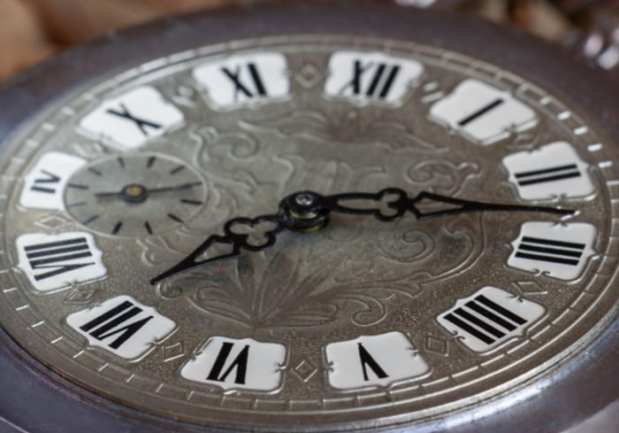How Watch eTailers Sell Historical Timepieces In The Digital Age

Innovators in the eCommerce space are borrowing from the past to reinvent old pocket watches by converting them into wristwatches. When Vortic Watch Company Co-Founder and CEO RT Custer was looking for watch components after coming up with the idea with a friend on the golf course to manufacture a watch that is made in the United States, he came across old pocket watch companies. There were 10 firms, Custer says, that made 100 million pocket watches in the U.S. from around 1850 to 1950. Today, most pocket watches are sitting forgotten in drawers, or in pawn shops as well as jewelry stores.
Most pocket watches get scrapped for the gold or silver of the case. The inside — the dial, the face of the watch, the hands and movement — are trash for the scrappers. Custer sought to change that by taking these pocket watches and converting them to wristwatches. The aim, then, was to take pieces of American history and turn them into conversation pieces. And that was the idea for the company’s artisan series, which the industry calls a pocket watch conversion.
Today, Vortic “is a manufacturing company specializing in micro manufacturing and vintage restoration,” Custer told PYMNTS in an interview. “We restore the old timepieces to their original quality.” He said the company “just kind of lucked out” in that all the things it wanted were inherently popular, from bigger watch faces to upcycling (the “process of converting old or discarded materials into something useful and often beautiful,” according to hipcycle) and that American made has never been more popular.
The Customer Experience
To help consumers order a custom watch, the company has an online watch builder. Customers can choose the movement, which is the vintage pocket watch, and can have different options for cases, crowns and kinds of leather — all made to order. The system is “basically an integrated web app,” Custer said, and is quite literally a photo layering system that a developer built. He added that the company is working on new features as well as options for the system. In another case, customers can shop pre-built watches from the company for a more traditional way to buy a watch.
If consumers have a family heirloom or buy a pocket watch at a pawn store, Vortic Watch Company has a service that converts the piece into a wristwatch. The offering comes as Custer noted that a massive number of Americans have a pocket watch in a drawer somewhere and don’t even know it. With the service, customers send the company the pocket watch. Custer then takes a photo of the front and back of the timepiece, which he uploads into a private watch builder. Customers can then design the rest of the piece around, say, their granddad’s pocket watch. They can then later pay for the timepiece through an integrated web app.
For payments, the company takes PayPal and Amazon Pay as well as credit and debit cards. It also accepts Affirm as a financing option, which was inspired by the company’s payments evolution. When the company first started, it had a payment structure that had the customer put 50 percent down and pay the remaining 50 percent when the watch was done. The company would take then have to send two invoices and that became difficult and annoying to keep track of who paid and who hadn’t paid. It was also hard from a bookkeeping standpoint. About a year and a half ago, the company started taking full upfront payment. It decreased its lead time, so Custer says people were willing to do that. Even so, the price of the watch can be high for some people. The company then added Affirm as a financing option, which Custer said has been a very significant part of the company’s business.
When it comes to geography, Custer said Vortic Watch Company has a lot of business in the Boston area. It has received press in the region, and there was also a watch firm called the Waltham Watch Company in the Boston suburbs (named after the town). That firm made over 40 percent of the pocket watches in the United States, Custer said, and was the second largest watch company in the world. (And that is why Waltham is called “Watch City.”) Custer noted that many people who live in the Boston area, are from Boston or love the city enjoy that brand and purchase it for its historical connection.
With the help of eCommerce and modern manufacturing technology, then, digital brands are helping vintage watches come alive again — suggesting that what’s old can be new again in the world of retail.
